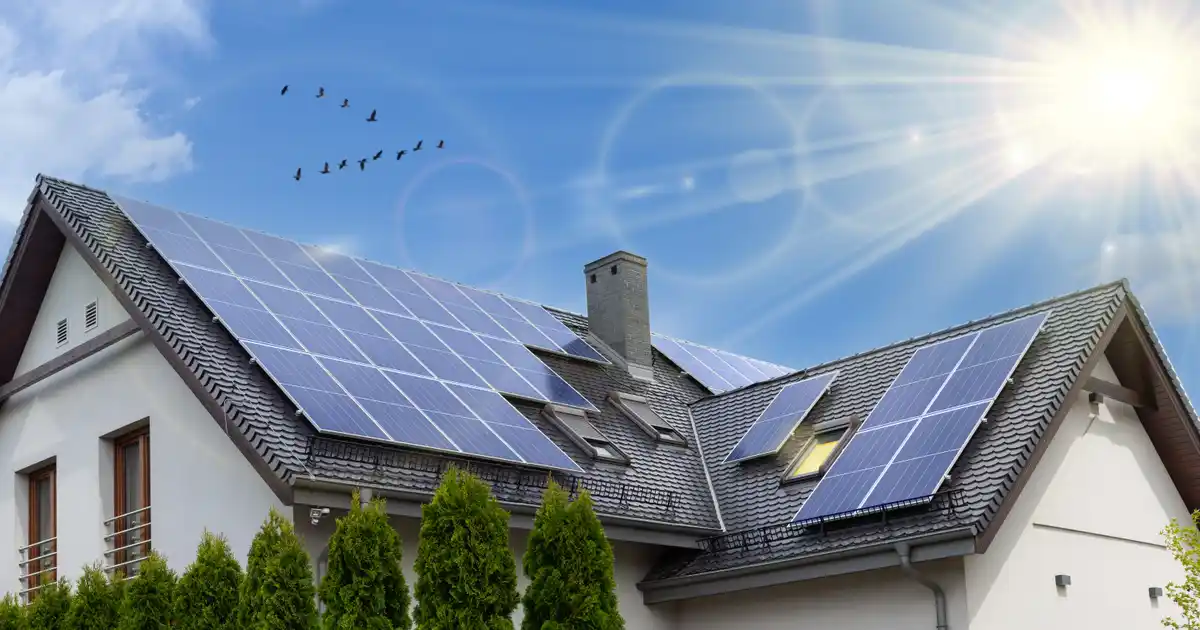Solar power energy provides benefits such as low pollution, energy savings and a reduced carbon footprint. In an effort to encourage people to install solar power in their homes, the U.S. government introduced federal solar tax credits for new residential and commercial systems in 2006. This tax credit can help to offset equipment and installation costs.
This article discusses how the federal solar tax credit works, what it covers and who is eligible to claim it.
What Is a Tax Credit?
A tax credit is an amount of money that taxpayers can use to reduce the amount of money they would otherwise owe. Tax deductions are different as they reduce the amount of taxable income rather than taxes due. Furthermore, deductions reduce final tax liability within an individual’s tax rate, and tax credits reduce owed taxes dollar-per-dollar.
Federal and state governments grant tax credits to eligible individuals or organizations to encourage practices that benefit the environment, economy and other important avenues.
Federal Tax Credits for Solar Energy
The U.S. government introduced the federal residential solar energy credit, also called the Investment Tax Credit (ITC), in 2006. The solar energy industry has only grown since then, accounting for 50% of all new electricity-generating capacity added in the U.S. at the beginning of 2022.
Individuals who purchase and install a solar photovoltaic system can claim the federal residential solar energy credit. This tax credit covers a percentage of eligible solar power installation costs and lowers your tax bill. It’s a nonrefundable credit, which means the dollar amount is deducted from tax liability only until taxes due are $0 and any excess credit isn’t paid out.
To qualify for the tax credit, the system must be placed in service during the same tax year and generate electricity for a home in the U.S. The IRS designates placed in service systems as those with completed installations.
As of the Consolidated Appropriations Act of 2021, the government extended tax credits for solar energy systems but featured a gradual step down in credit value. The tax credit values are:
- 30% for systems placed in service by December 31, 2019.
- 26% for systems placed in service after December 31, 2019, and before January 1, 2023.
- 22% for systems placed in service after December 31, 2022, and before January 1, 2024.
The tax credit expires after December 31, 2023, and is not set for renewal. Although the tax credit only covers a portion of costs, there’s no maximum amount for claims.
Average % Savings From Solar Energy in the U.S.
Solar power helps reduce your carbon footprint but can also bring down your power bill. Solar systems can cost up to $17,000, but the federal solar tax credit and power bills can lead to net savings.
Americans save approximately $1,500 per year by switching to solar energy, which works out to $37,500 over 25 years. Additionally, a 26% tax credit can save $4,420 on a $17,000 solar-powered system and result in only $12,180 for installation. When you divide the installation cost by average yearly savings, solar energy starts to pay for itself after about eight years.
Overall savings can vary from $10,000 to $90,000. The actual savings estimate depends on factors such as local grid prices, roof size, location, state incentives and energy usage.
Eligibility for Federal Solar Tax Credit
Individuals may be eligible for the tax credit if they meet the following criteria:
- You installed the solar PV system between January 1, 2006, and December 31, 2023.
- The solar PV system is at your primary or secondary residence in the U.S. or an off-site community solar project.
- You own the solar PV system. You are using the solar PV system for the first time.
- Keep in mind that other federal or state incentives may affect your tax credits.
The federal solar tax credit covers the following expenses:
- Solar PV panels or PV cells power an attic fan.
- Contractor labor costs for onsite preparation, assembly or original installation, including permitting fees, inspection costs and developer fees.
- Balance-of-system equipment, including writing, inverters and mounting equipment.
- Energy storage devices charged exclusively by associated solar PV panels.
- Sales taxes on eligible expenses.
Will It Cover Roof Replacement Costs?
For many homeowners, the roof of their home is the optimal location for a solar panel installation. Unfortunately, you can’t just install panels on any old roof. The roof must be structurally strong enough to bear all of that new weight. If your roof needs work ahead of any potential panel install, you may be able to claim those costs.
You’ll want to consult your particular circumstances with an accredited tax professional but, in some circumstances, homeowners may be able to deduct the cost of roof reinforcement materials like new joists and sheeting. Homeowners may be able to deduct the cost of efficiency-boosting shingles as too.
How To Claim the Federal Solar Tax Credit
To claim the federal solar tax credit:
- Download the IRS Form 5695 to include with your tax return.
- Calculate your overall project costs and enter them in line 1.
- Complete the calculations on lines 6a and 6b.
- Skip lines 7 through 12 if solar power is your only claimed energy source and you don’t have any carry-forward amounts from the previous year.
- Add lines 6b, 11 and 12 and enter the result on line 13.
- Calculate tax liability limitations on line 14.
- Complete lines 15 and 16.
 Shutterstock
Shutterstock







